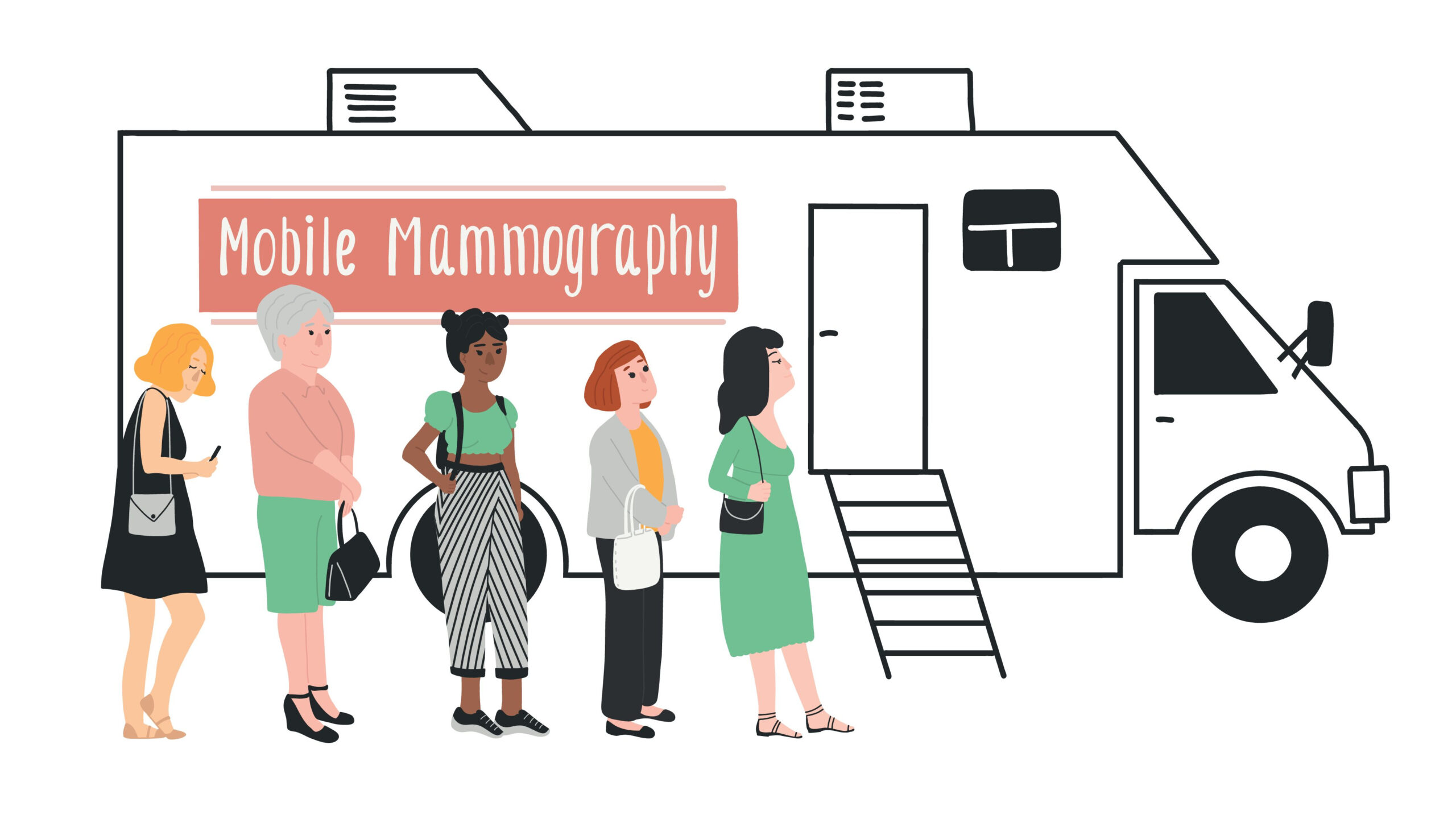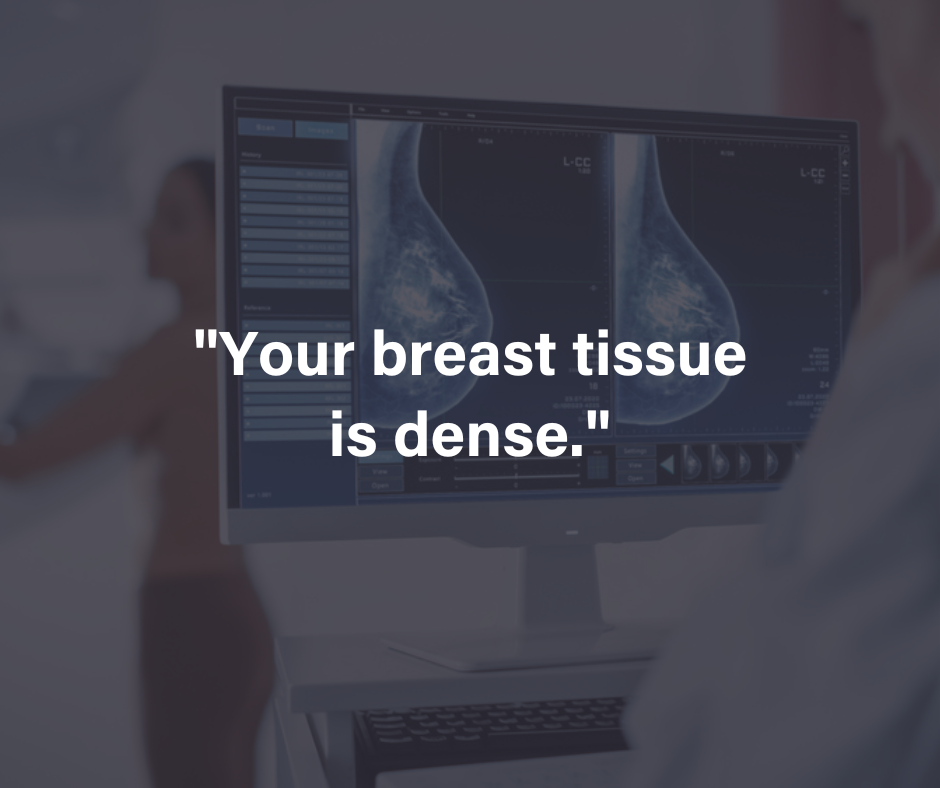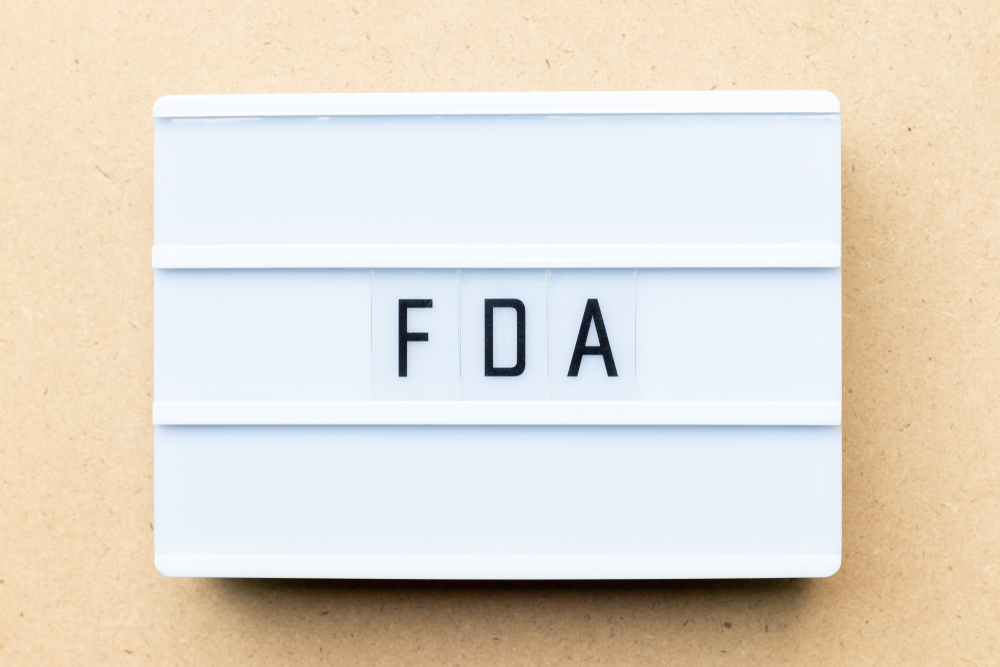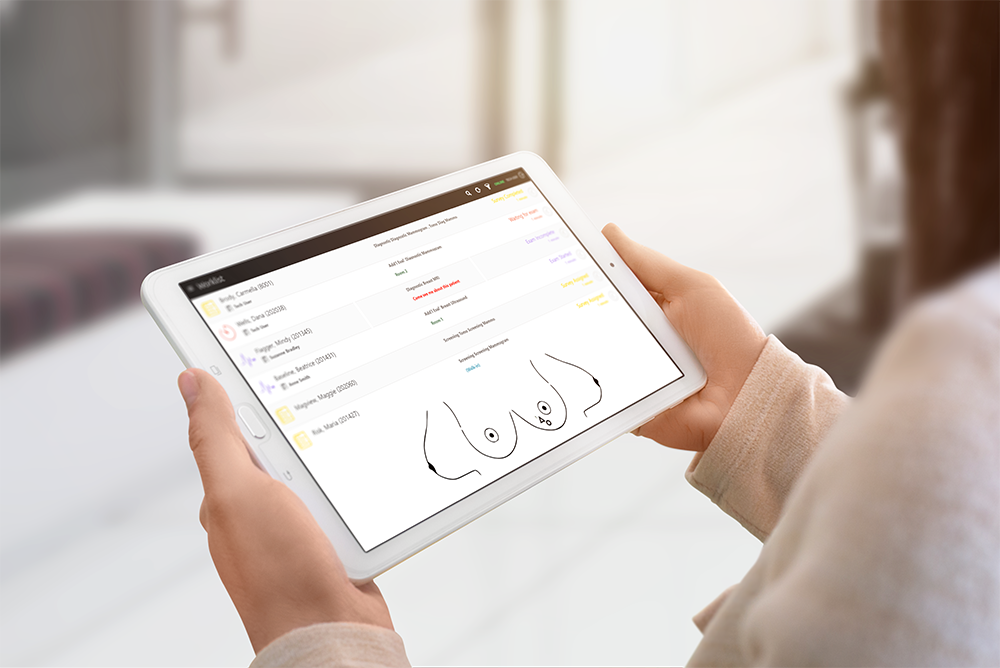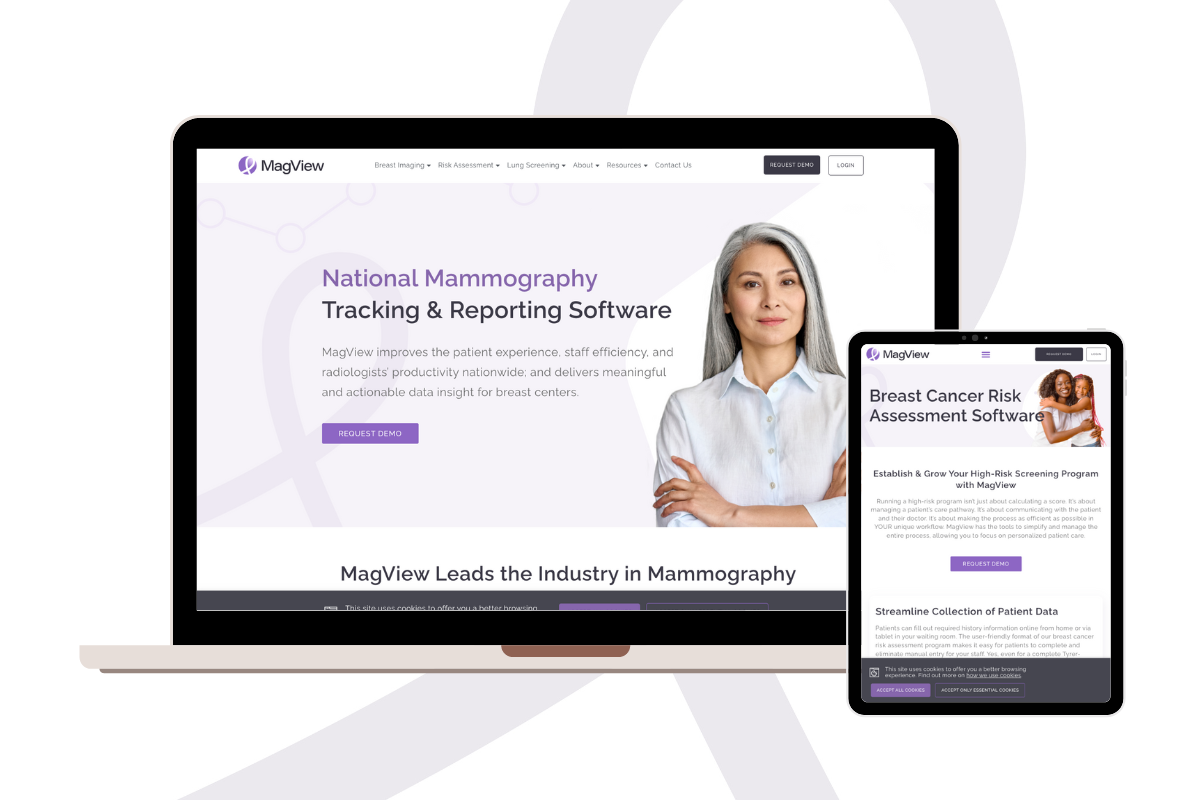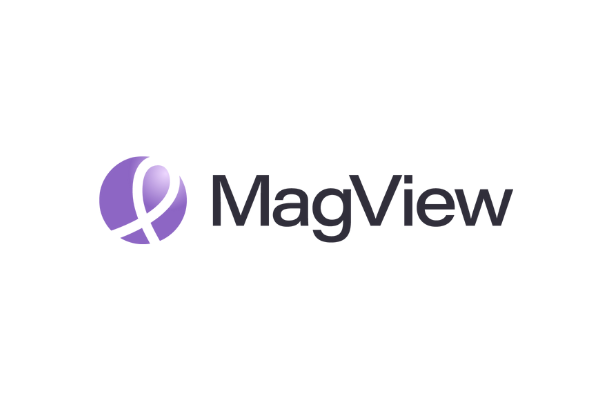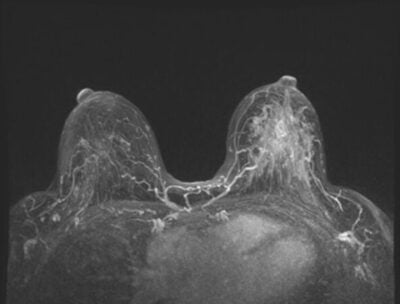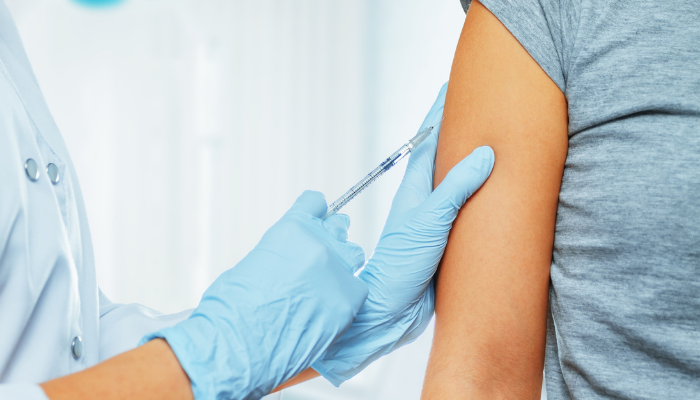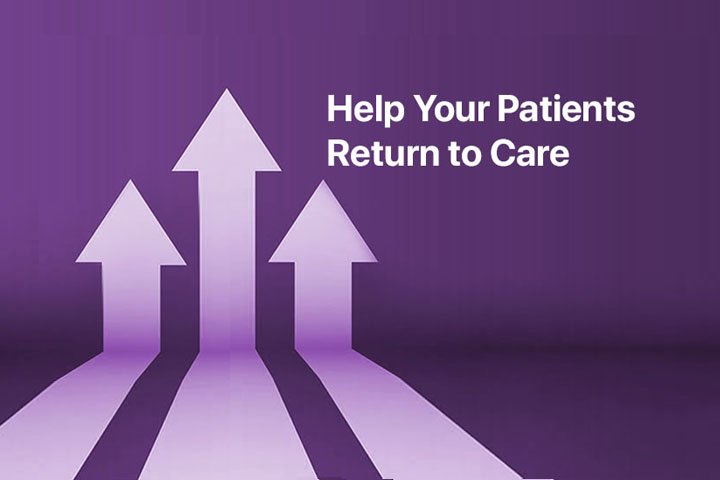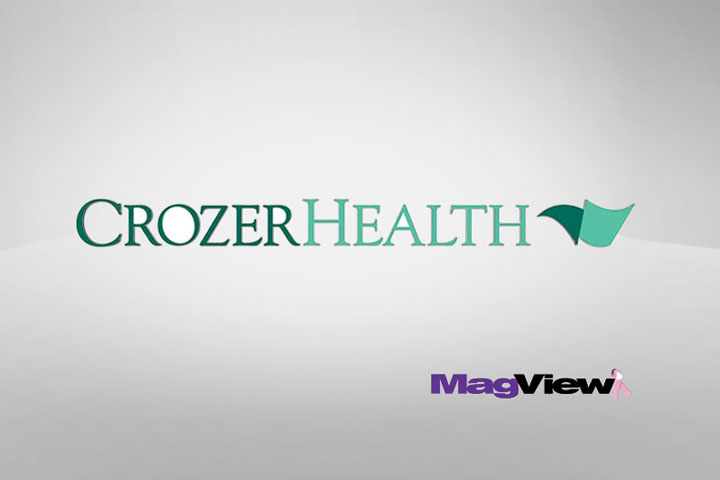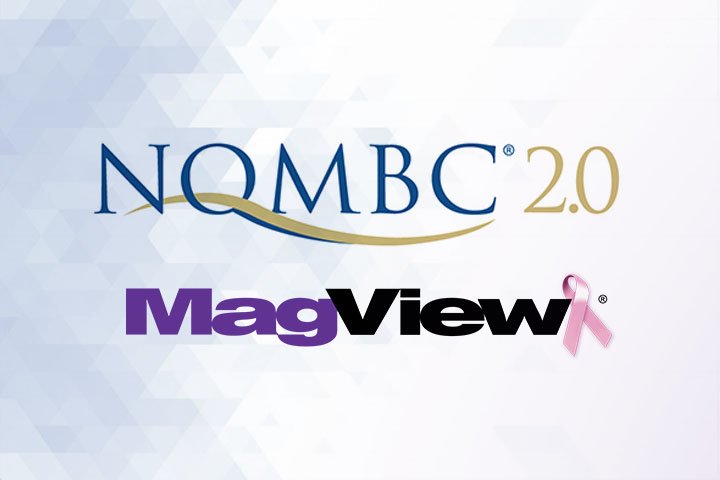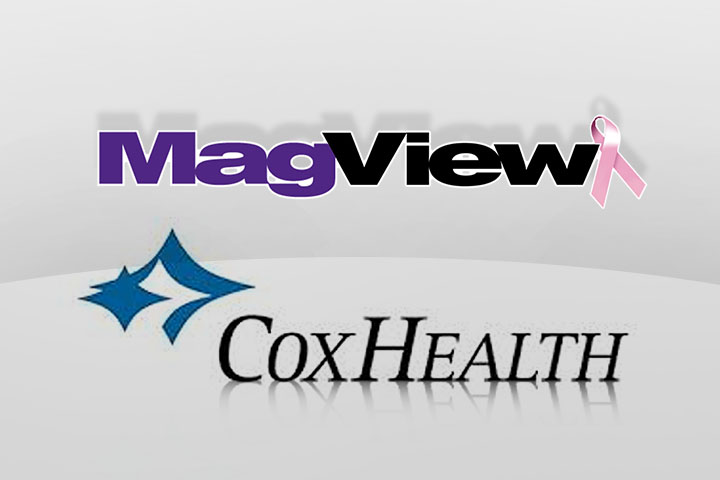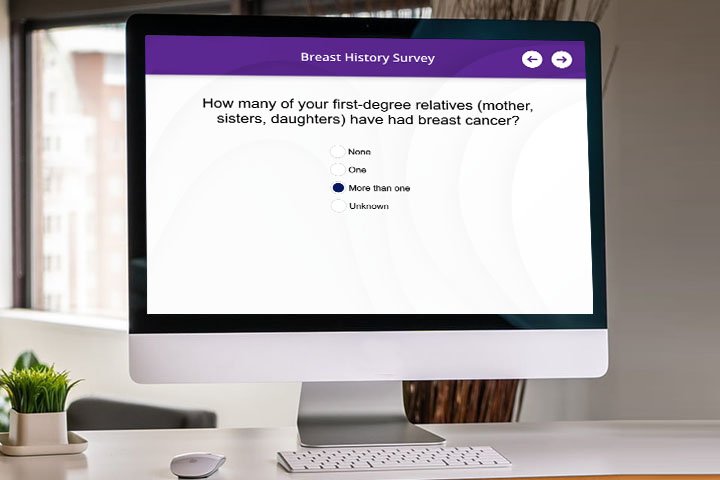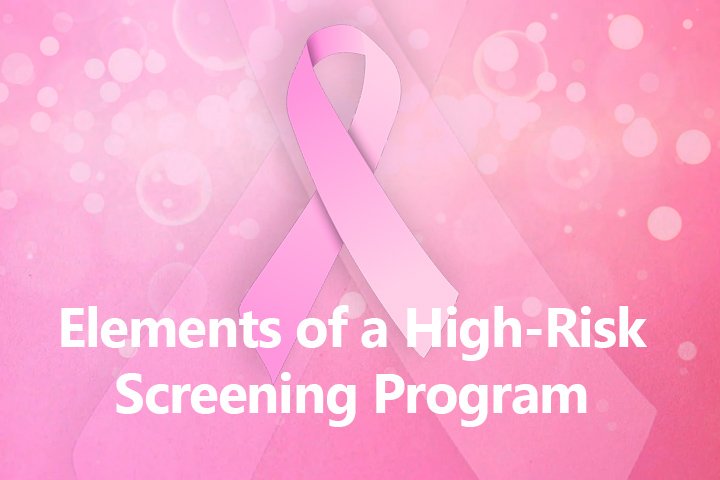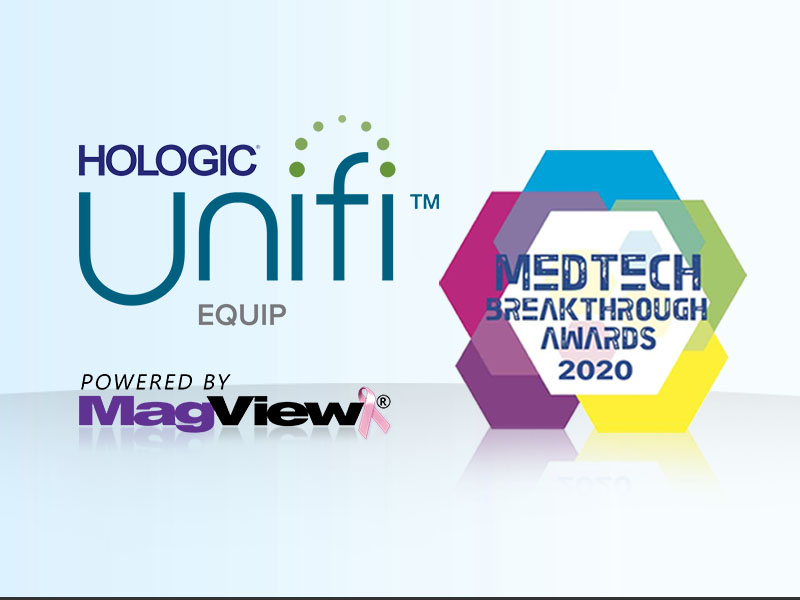Routine breast cancer screening is essential for all women, especially those at high and average risk. If you’re at higher risk of breast cancer, you may need more frequent breast screening and diagnostic mammograms than other women. Your doctor may also request you start your screening early, even if you’re younger than 40. Fortunately, through Magview’s patient tracking software solution, your doctor can follow up on your progress from the first imaging result.
What Does it Mean to be High-risk for Breast Cancer?
High risk means having a 20% or greater chance of getting breast cancer in your lifetime. If you have a 15-19% risk level, you belong to the intermediate risk category, and anything below that is categorized as low risk. The average breast cancer risk in American women is 12.5%
Apart from the comprehensive breast exam, breast cancer centers use reliable breast cancer risk assessment software such as the Tyrer-Cuzick or the IBIS Risk Calculator to estimate your lifetime risk of breast cancer.
It’s important to understand that being classified as having a high risk for breast cancer doesn’t necessarily mean that you’ll develop cancer in the future. It simply means you’re at a higher risk for the condition than other people. Similarly, some women get breast cancer even without having any risk factors.
What are the Risk Factors for Breast Cancer?
There are many factors that distinguish whether you’re at high risk for breast cancer or not. Since some factors carry heavier weight than others, there’s no standardized approach to assessing an individual’s risk of breast cancer. While some of these factors result from your lifestyle changes, others are inevitable, such as getting older, being a woman, or being born from a family with a breast cancer history.
Risk Factors You Cannot Change
- Genetic mutations
- Getting older
- Having dense breast tissue
- Personal history of cancerous or non-cancerous breast diseases
- Starting menstruation at the age of 12
- Family history of breast or ovarian cancer
- History of a treatment approach that involved radiation therapy
- Exposure to drugs like diethylstilbestrol (DES)
Risk Factors You Can Change
- Not being physically active
- Obesity and being overweight after menopause
- Hormone replacement
- Having first child past 30 years
- Drinking alcohol
How Do You Manage High-Risk Patients?
If you believe that you’re in the high-risk category, speak with your doctor. Together you can discuss a path for breast screening that is best for you. Your path could involve any of the following: mammography, breast ultrasound, breast MRI, clinical breast exam, genetic counseling and more. Your doctor or radiologist will be able to help you determine the best path forward for your breast health.
Know Breast Cancer Risk and Start Taking Advantage of Mammograms
Your first line of defense when it comes to breast cancer is knowing your risk level. With Magview’s assessment programs, you can check your risk level online through your smartphone, laptop, or tablet. Visit our Risk Assessment tool today.


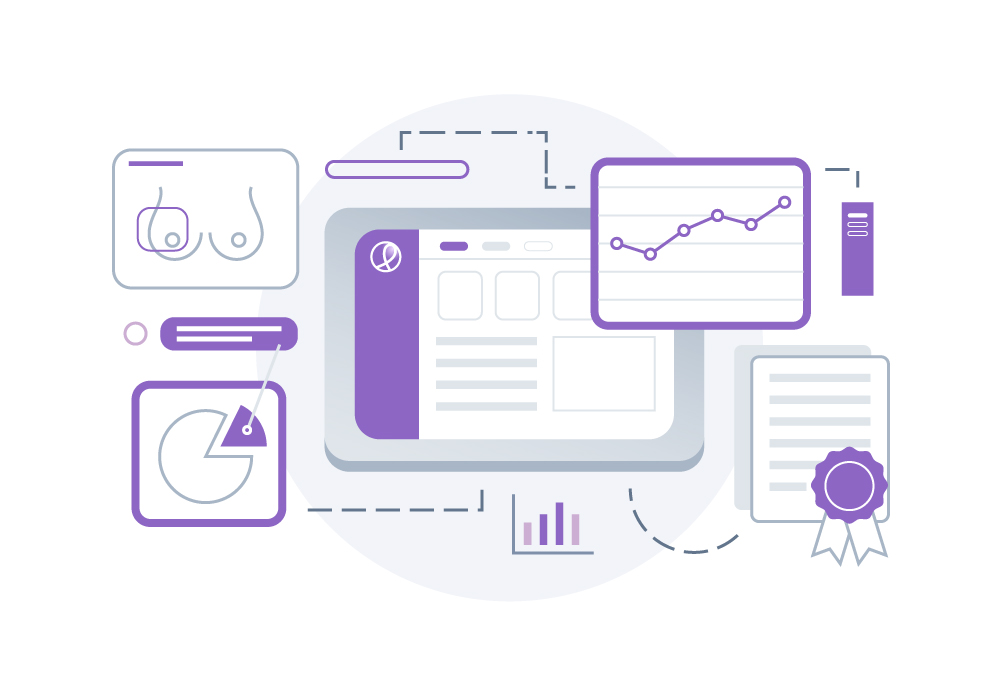
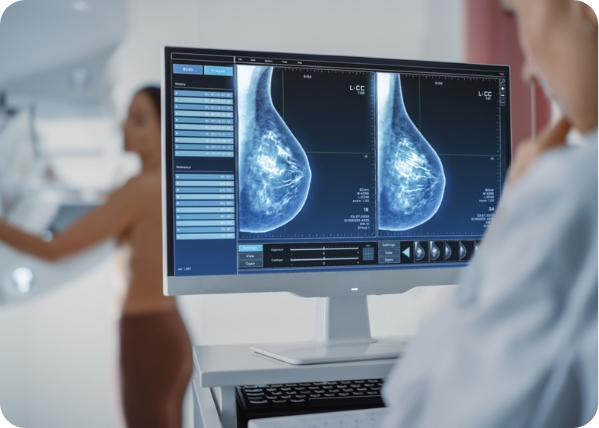

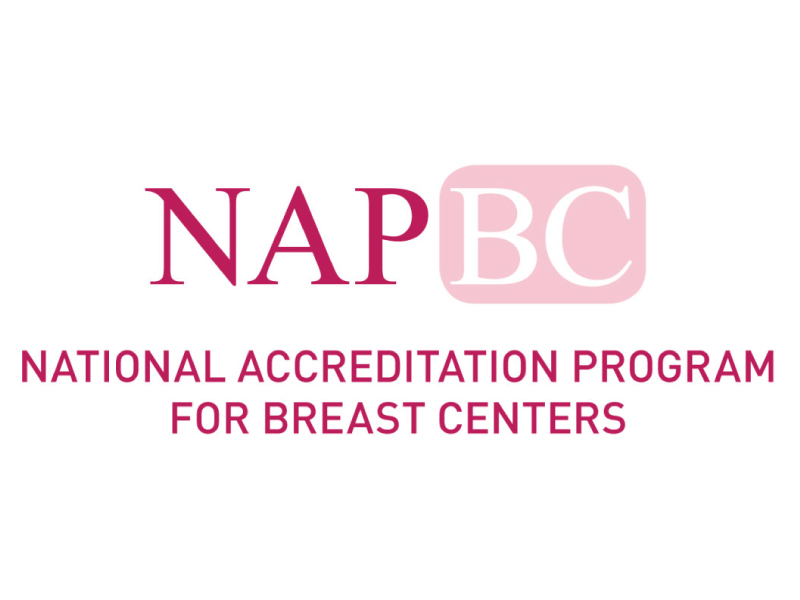
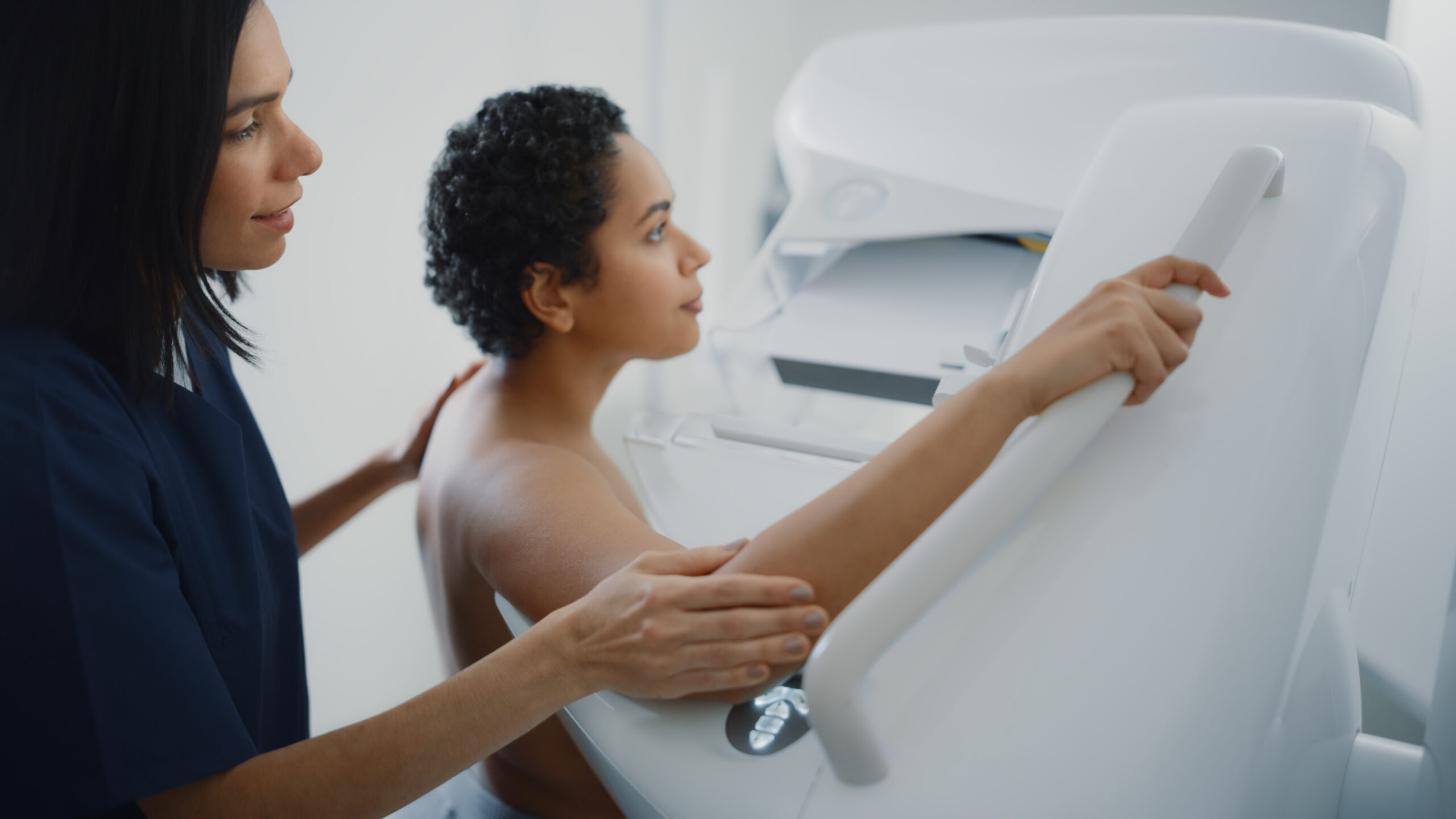
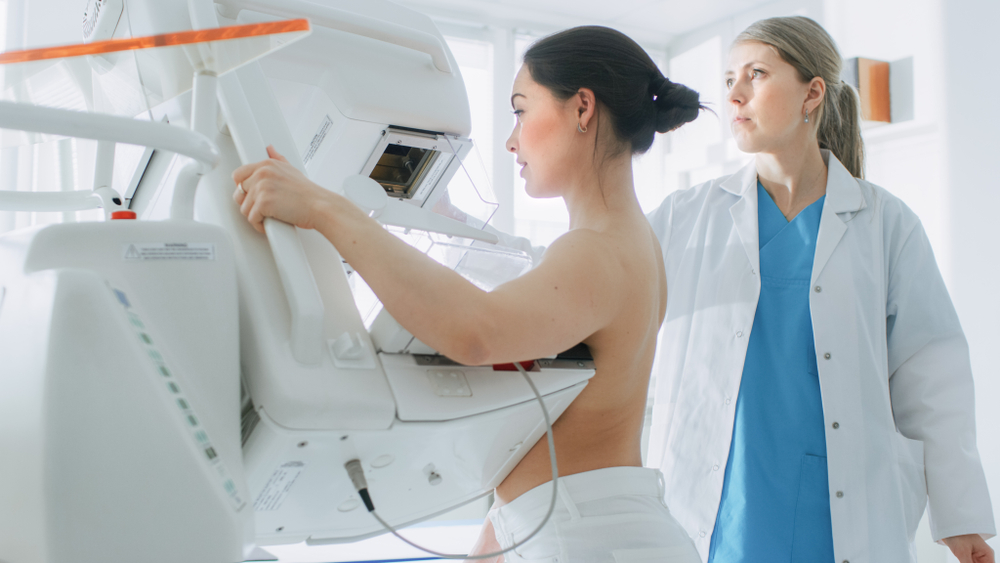
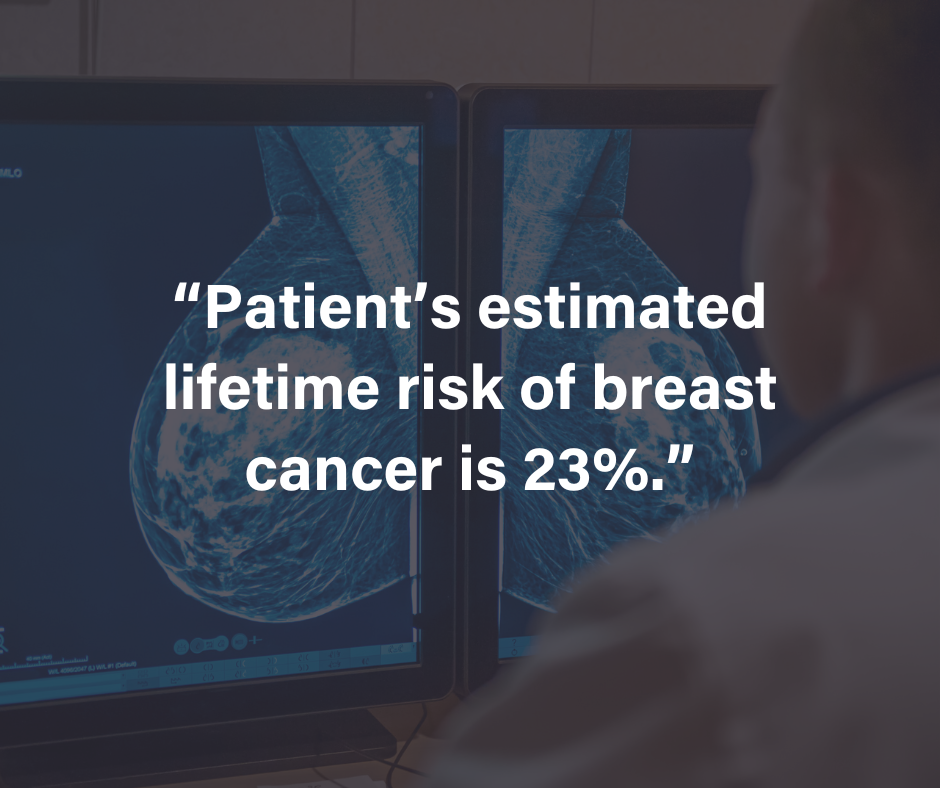
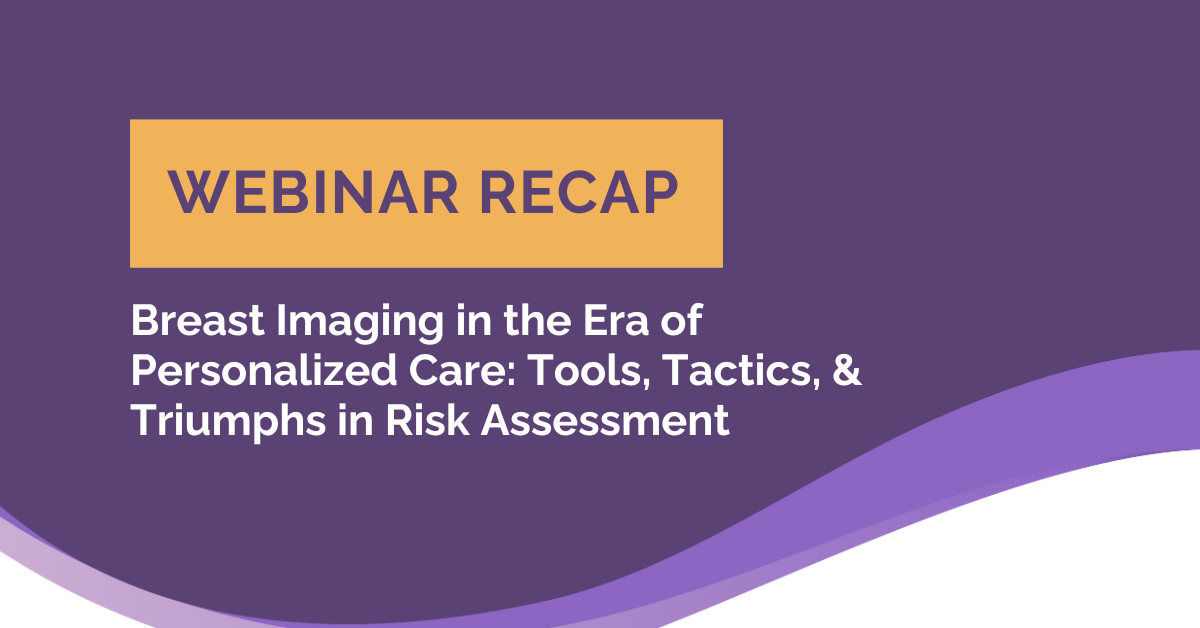
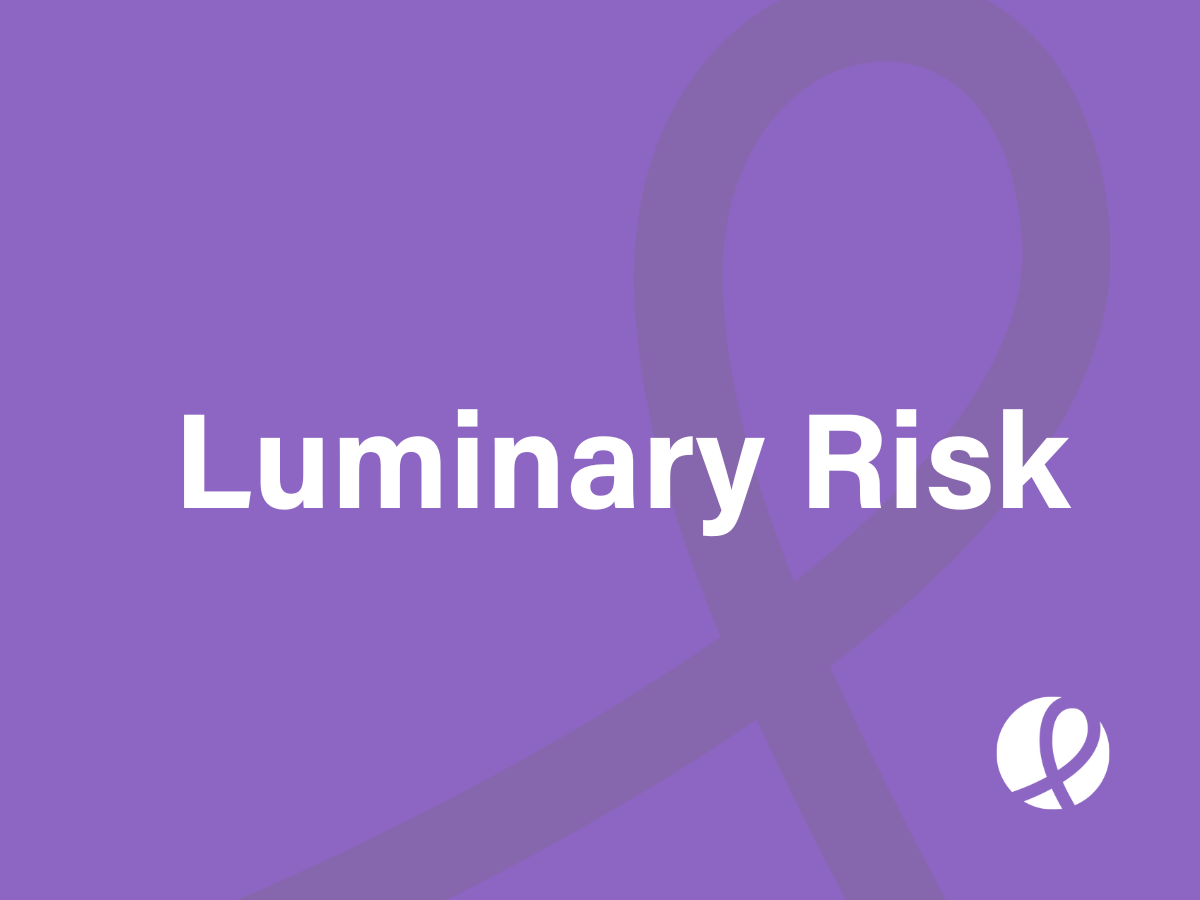



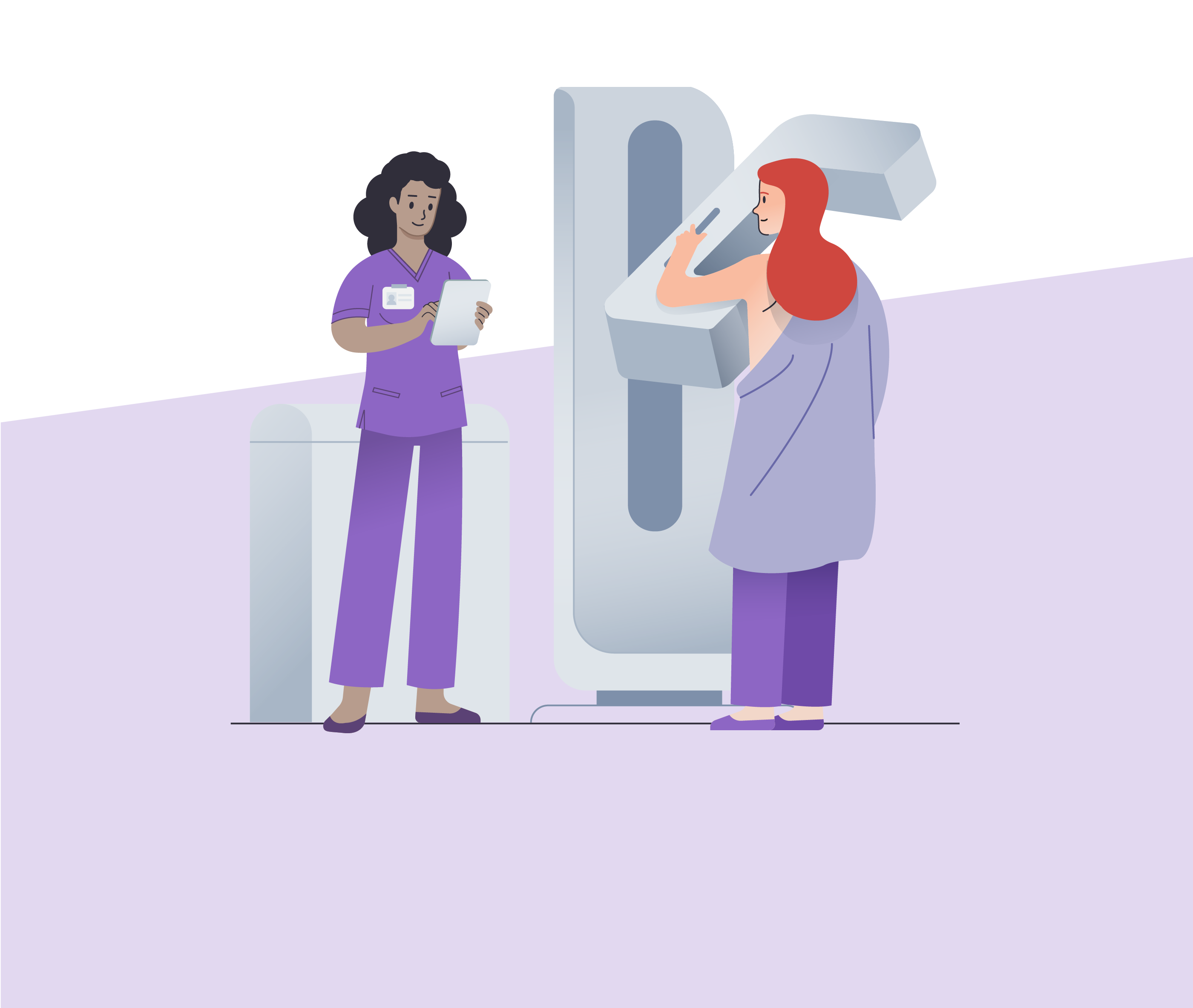

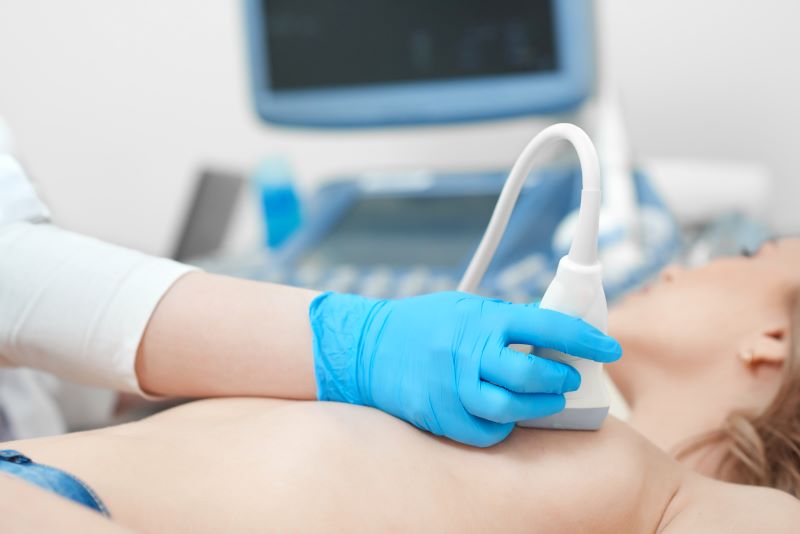
![monitoring breast density shutterstock_1299510538-[Converted]](https://magview.com/wp-content/uploads/2023/05/shutterstock_1299510538-Converted.jpg)
